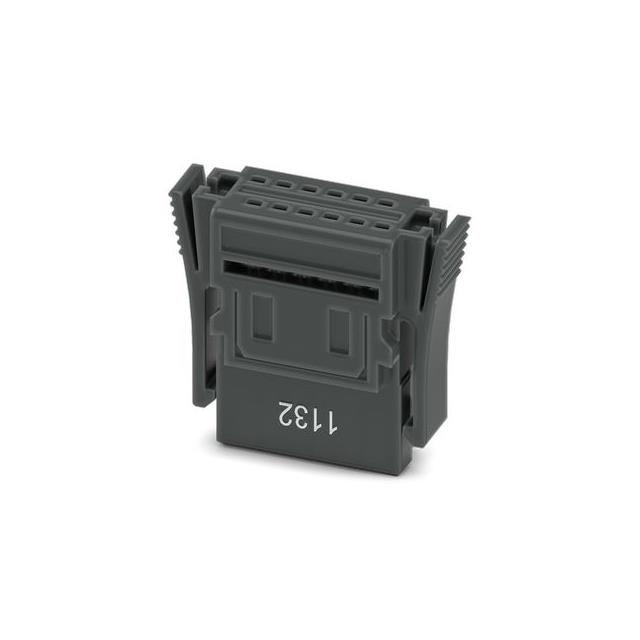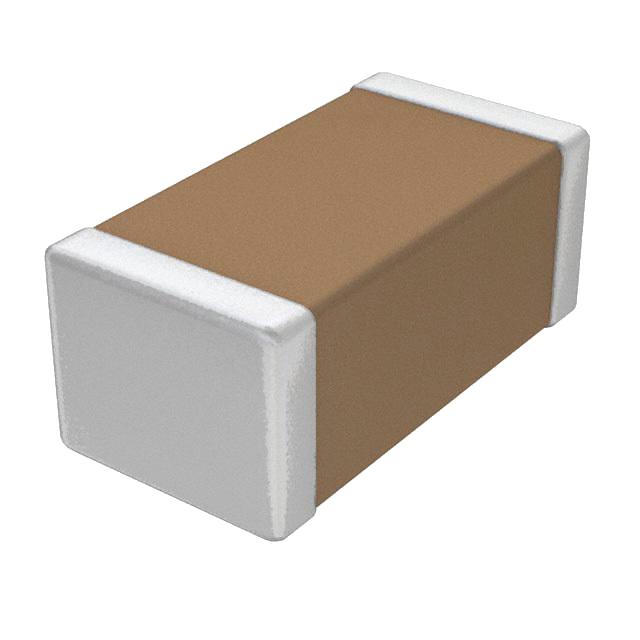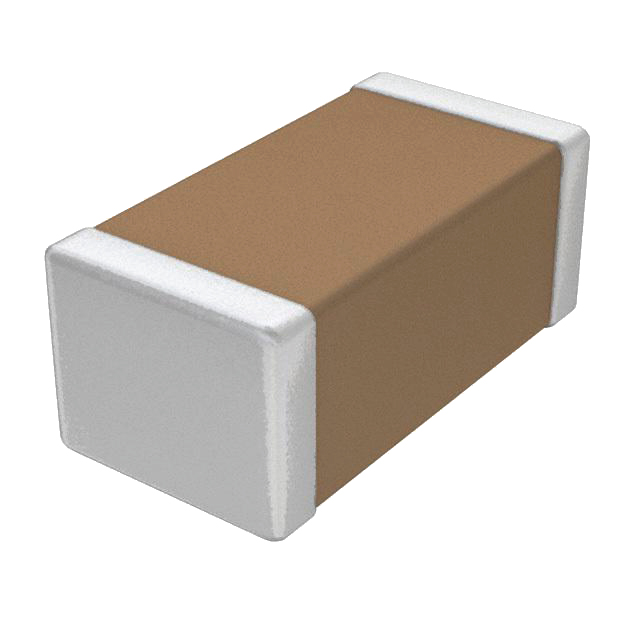
Information
dict2_description
What kind of product is inductor design?
2025-03-09
1
dict3_title
dict3_description



































